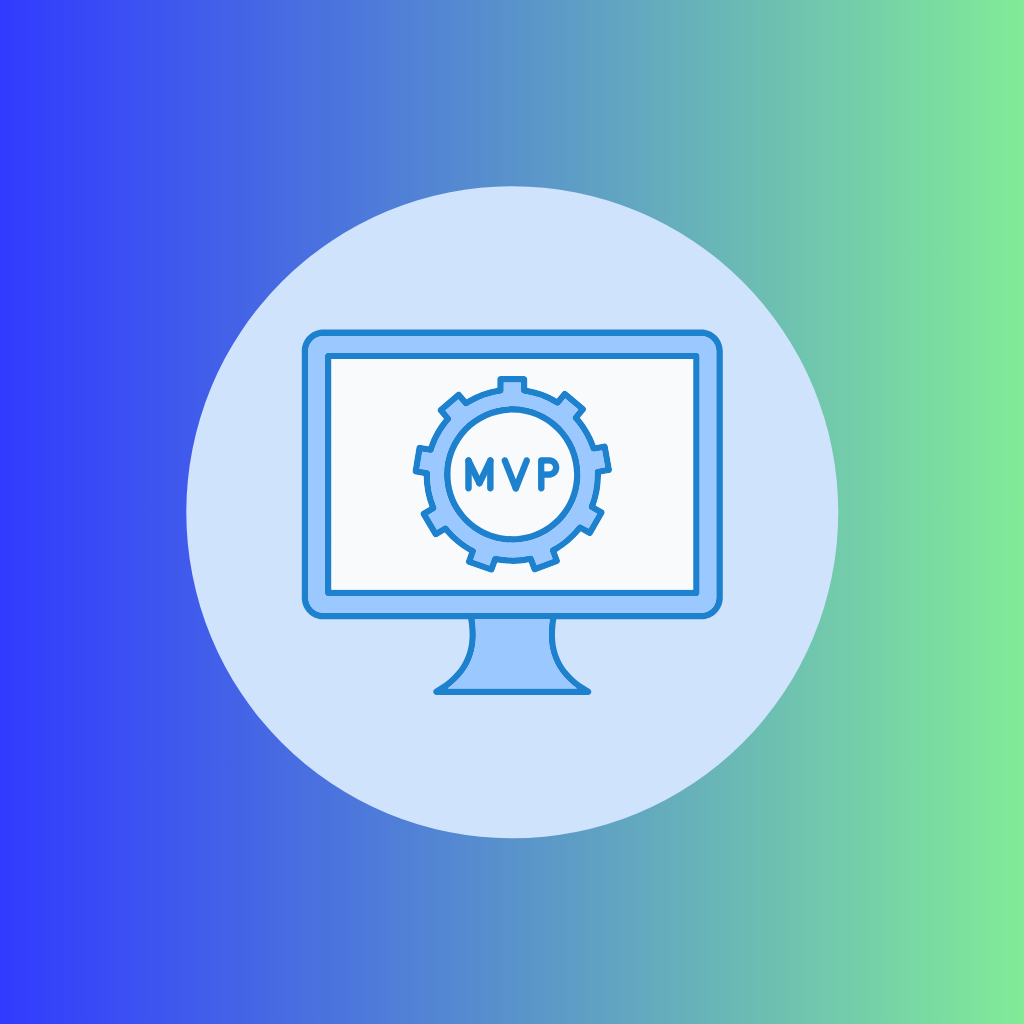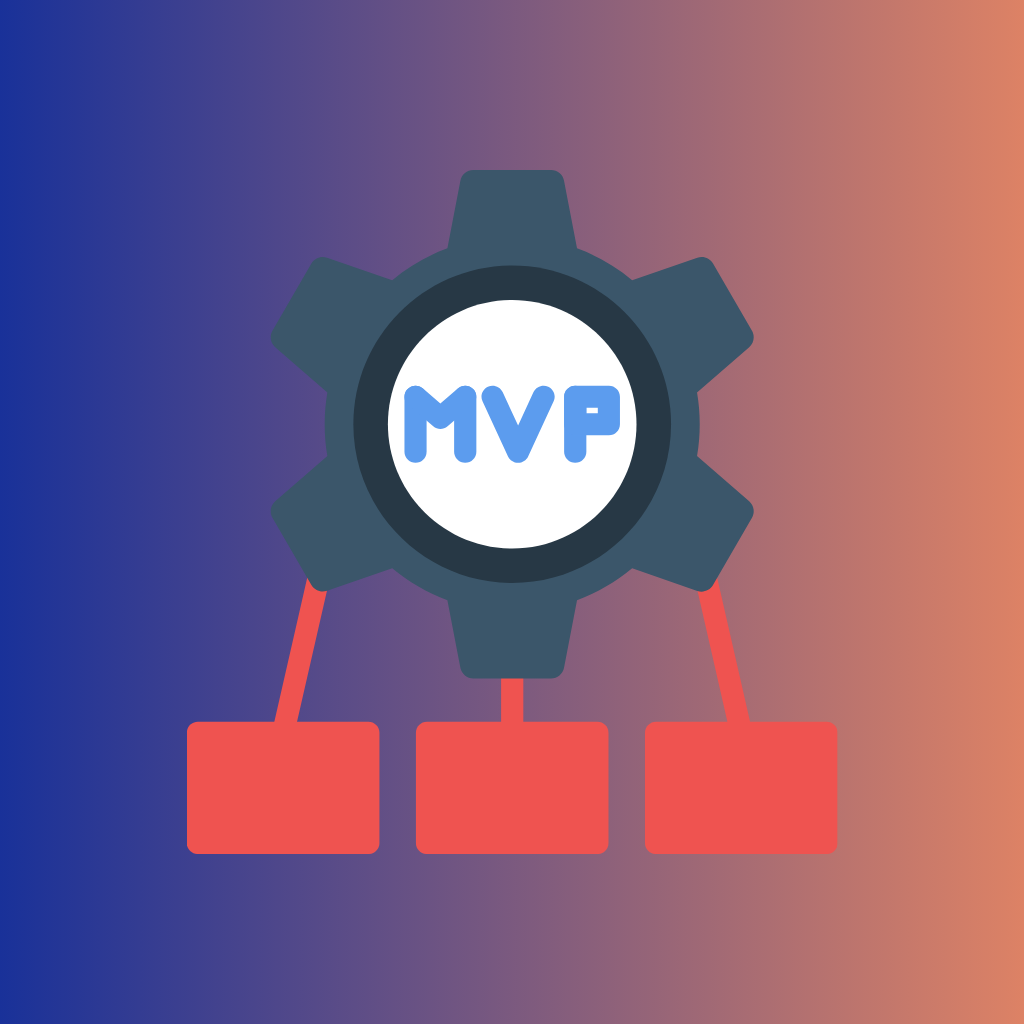In today's fast-paced tech industry, the concept of a Minimum Viable Product (MVP) has become a cornerstone strategy for startups and established companies alike. An MVP is essentially the most basic version of a product that can be released to the market—a version with just enough features to satisfy early customers and provide valuable feedback for future product development. This approach allows businesses to test their hypotheses with minimal resources and adapt quickly based on user feedback.
However, the journey of developing an MVP is fraught with challenges, particularly when it comes to balancing two critical factors: speed and quality. On one hand, there's a pressing need to launch products quickly to capture market opportunities and learn from real-world usage. On the other, there's the undeniable importance of maintaining a level of quality that ensures user engagement and trust.
The dilemma of speed versus quality in MVP development is a nuanced one. Rushing a product to market can lead to a subpar user experience and tarnish a company's reputation. Conversely, obsessing over perfection can lead to missed opportunities and resource exhaustion. This blog aims to shed light on this balancing act, providing readers with insights and strategies to navigate the fine line between rapid development and maintaining high-quality standards.
Whether you're a startup founder, a product manager, or an entrepreneur, understanding how to effectively balance speed and quality can significantly impact your product's success and your company's future. Let's delve into the intricacies of MVP development, uncover common misconceptions, and explore practical tips to find your sweet spot in this dynamic landscape.
I. Understanding MVP Development
A. Definition and Purpose of an MVP
An MVP is the most basic version of your product that can be released to the market. It should have just enough features to be usable by early customers who can then provide feedback for future product development. The primary purpose of an MVP is to test and validate your product hypotheses with the least amount of effort and resources, reducing wasted time and costs associated with developing features that customers do not need or want.
B. The Role of MVP in Startup and Product Strategy
In the realm of startups and product strategy, an MVP is not just a product development tool; it's a strategic approach that supports learning and rapid iteration. By focusing on core functionalities that address the main problem or need, startups can launch their products quicker, gauge market response, and iteratively improve the product based on actual user feedback. This approach helps minimize risks and ensures that the product evolves in alignment with market demands, increasing the chances of success in a competitive landscape.
C. Common Misconceptions about MVP Development
Despite its popularity, there are several misconceptions about MVP development that can lead to pitfalls:
- MVP is a Rough Draft: Some believe that an MVP is just a rough draft of the final product, but it should be a fully functional and tested product that delivers core value to its users, albeit with a limited set of features.
- MVP Means Low Quality: There's a myth that MVPs are synonymous with low-quality products. While it's true that MVPs do not have all the features of a final product, they should still offer a reliable and engaging user experience. Quality in an MVP refers to the effectiveness and stability of the core features, not the number of features.
- Once the MVP is Built, the Work is Done: Another common misconception is that once the MVP is launched, the bulk of the development work is complete. In reality, the MVP launch is just the beginning. Feedback from the MVP should inform continuous product development and refinement.
Understanding MVP development is crucial for anyone involved in creating tech products. It's not just about building a product; it's about fostering a mindset of continuous learning and adaptation, ensuring that every resource is invested in building features that meet real user needs and contribute to the product's long-term success. By dispelling these myths and embracing the true essence of MVP development, teams can create more impactful products that resonate with users and stand out in the market.
II. The Speed Factor in MVP Development
A. Why Speed is Crucial in MVP Development
In the world of startups and technology, time is often synonymous with opportunity. Speed in MVP development is crucial for several reasons. First, it enables a business to test its hypotheses and adapt quickly based on user feedback, reducing the time and resources spent on unvalidated paths. Secondly, a rapid development cycle can help a company outpace competitors, capturing market share by being the first to address a customer need or gap in the market. Lastly, fast-paced development allows for quicker learning cycles, enabling companies to iterate on their products based on actual user data, thereby increasing the chances of creating a product that truly resonates with the target audience.
B. Risks of Overemphasizing Speed
While speed is an asset in MVP development, overemphasizing it can lead to significant pitfalls. Rushing an MVP to market without adequate attention to user experience, stability, or value proposition can result in a product that fails to engage users or, worse, damages the company's reputation. Additionally, a too-rapid approach can lead to burnout among team members and can compromise the thoroughness of testing, potentially overlooking critical bugs or issues that affect user satisfaction.
C. Strategies for Accelerating Development Without Compromising Quality
To maintain speed without sacrificing quality, companies can adopt several strategies:
- Agile Development Methodologies: Adopting agile practices can enhance the speed and efficiency of development. By breaking down the development process into smaller sprints with specific deliverables, teams can focus on delivering value incrementally, enabling quicker pivots based on feedback and faster release cycles.
- Prioritizing Core Features: Identify and focus on the core features that directly address the user's primary need or problem. This focus helps in streamlining the development process and ensures that efforts are concentrated on delivering value, not getting sidetracked by peripheral features.
- Utilizing Pre-built Components and Frameworks: Leveraging existing tools, frameworks, and components can significantly accelerate development. Rather than building every element from scratch, using reliable and tested components can save time, allowing teams to focus on customizing and integrating these components to create a unique and valuable user experience.
Balancing speed with quality in MVP development is more an art than a science. It requires a clear understanding of the product's value proposition, a strategic approach to prioritizing features, and a flexible mindset to adapt based on user feedback and market dynamics. By embracing these strategies, companies can develop their MVPs swiftly without compromising the foundational quality that will earn user trust and engagement.
III. The Quality Factor in MVP Development
A. Defining Quality in the Context of MVPs
When we talk about quality in the context of MVPs, we're referring to the effectiveness and reliability of the core features offered. Quality doesn't mean having numerous features; it means that whatever limited features are included work well, meet user needs, and provide a stable and user-friendly experience. High-quality MVPs successfully demonstrate the product's value proposition, even in their simplest form, ensuring that early adopters can utilize the product meaningfully and provide insightful feedback.
B. Long-term Implications of Ignoring Quality
Neglecting quality in MVP development can have far-reaching consequences. First and foremost, a subpar MVP can tarnish a company's reputation and deter potential users from engaging with the product in the future. Moreover, initial user feedback, crucial for the product's evolution, may be skewed or negative, focusing on quality issues rather than constructive feedback on the product concept or features. This misdirection can lead to misguided iterations, wasting time and resources. In the long run, ignoring quality can increase customer acquisition costs and reduce customer lifetime value, as dissatisfied users are less likely to return or recommend the product to others.
C. Ensuring Quality While Maintaining Speed
To ensure quality without significantly slowing down development, consider these strategies:
- Continuous Testing and Feedback Loops: Implementing continuous testing throughout the development process helps identify and rectify issues before they escalate. This approach includes unit tests, integration tests, and user testing, ensuring that every aspect of the MVP functions as intended. Feedback loops with real users are equally crucial, providing insights that guide refinements and ensure the product aligns with user expectations and needs.
- Balancing Technical Debt: Technical debt refers to the extra development work that arises when code that is easy to implement in the short run is used instead of applying the best overall solution. While some technical debt is inevitable in MVP development, it's essential to manage it wisely. Make conscious decisions about where to cut corners for speed and where to invest time for long-term stability. This balance ensures that the MVP remains a solid foundation for future development.
- Focus on User Experience and Value Proposition: Quality in MVPs also means delivering a compelling user experience and clear value proposition, even with limited features. Focus on designing intuitive interfaces and ensure that the core functionality addresses the user's primary pain points effectively. A well-thought-out user experience can significantly enhance the perceived quality of the product, encouraging user engagement and positive feedback.
In summary, integrating quality into MVP development is not about perfection but about ensuring that the product delivers its intended value effectively and reliably. By focusing on quality, companies can build a strong foundation for their product, foster trust with early users, and set the stage for sustainable growth and development.
IV. Practical Tips for Finding Your Sweet Spot
Finding the sweet spot in MVP development means striking the right balance between speed and quality—a balance that allows you to rapidly iterate and adapt while maintaining a product standard that engages and retains your initial users. Here are some practical tips to help you find this equilibrium:
A. Assessing Your Team's Strengths and Weaknesses
Understanding the capabilities and limitations of your development team is crucial in setting realistic expectations for your MVP. Assess the technical skills, experience, and resources at your disposal. If your team excels in rapid prototyping but struggles with detailed user interface design, tailor your development approach to leverage these strengths and address weaknesses, possibly through training or external partnerships.
B. Setting Realistic Goals and Milestones
Define clear, achievable goals and milestones for your MVP. This planning should include what you aim to learn from the MVP, the core features necessary to achieve this learning, and realistic timelines for development, testing, and iteration. Setting these benchmarks helps maintain focus and pace, ensuring that the project advances steadily without sacrificing thoroughness for speed.
C. Emphasizing Communication and Collaboration
Effective communication and collaboration within the team and with stakeholders can significantly impact the speed and quality of MVP development. Regular updates, transparent sharing of progress and challenges, and collaborative problem-solving can enhance efficiency and innovation, ensuring that the MVP reflects diverse perspectives and expertise.
D. Being Adaptable to Change and Feedback
The ability to quickly adapt to new information and feedback is a critical aspect of finding your MVP development sweet spot. Be prepared to pivot or make changes based on user feedback, market shifts, or internal insights. This adaptability can prevent prolonged development on features or paths that may not yield value, allowing you to reallocate your efforts toward more promising areas.
E. Prioritize and Iterate
Focus on what's essential for the MVP to serve its purpose—validating your product hypothesis. Prioritize features that directly contribute to this goal and be willing to iterate based on feedback. This iterative approach allows you to enhance the MVP incrementally, aligning more closely with user needs and expectations without getting bogged down in unnecessary complexity.
F. Monitor and Learn
Continuously monitor the performance and user engagement of your MVP. Use this data to learn what works and what doesn't. This continuous learning process not only helps in refining the product but also in making informed decisions about future development priorities.
By applying these practical tips, you can navigate the complexities of MVP development more effectively, ensuring that your efforts lead to a product that resonates with users and serves as a solid foundation for future iterations and improvements. Finding your sweet spot in MVP development is about balancing the art of rapid innovation with the science of systematic, user-centered design and development.
In conclusion, the journey of MVP development is a nuanced endeavor that requires a thoughtful balance between speed and quality. The ability to rapidly develop and iterate on a product is invaluable in today's dynamic tech landscape, allowing businesses to quickly respond to market demands and user feedback. However, the essence of an MVP is not just about being fast; it's about being strategically efficient, ensuring that every feature and every update is purposeful and contributes to a deeper understanding of the user's needs and the product's place in the market.
Embracing the balancing act between speed and quality in MVP development is not just a tactical choice; it's a strategic imperative that can significantly influence a product's trajectory and a company's reputation. By focusing on core functionalities, leveraging agile methodologies, and prioritizing user feedback, businesses can create MVPs that are not only developed quickly but are also robust, user-centric, and poised for growth.
As you embark on or continue your MVP development journey, remember that finding your sweet spot is an ongoing process of learning and adaptation. It involves being vigilant about the trade-offs you make, being responsive to the ever-evolving tech landscape, and being committed to delivering value to your users. With the right approach and mindset, the balance between speed and quality can be achieved, setting the foundation for a product that resonates with users and stands the test of time in the competitive tech industry.
In the end, the goal is to build an MVP that not only reaches the market swiftly but also captivates and retains users, providing valuable insights that guide the product toward success. By embracing this balancing act, you position your product and your company to thrive, leveraging the unique advantages of MVP development to innovate, adapt, and excel in the tech world.






